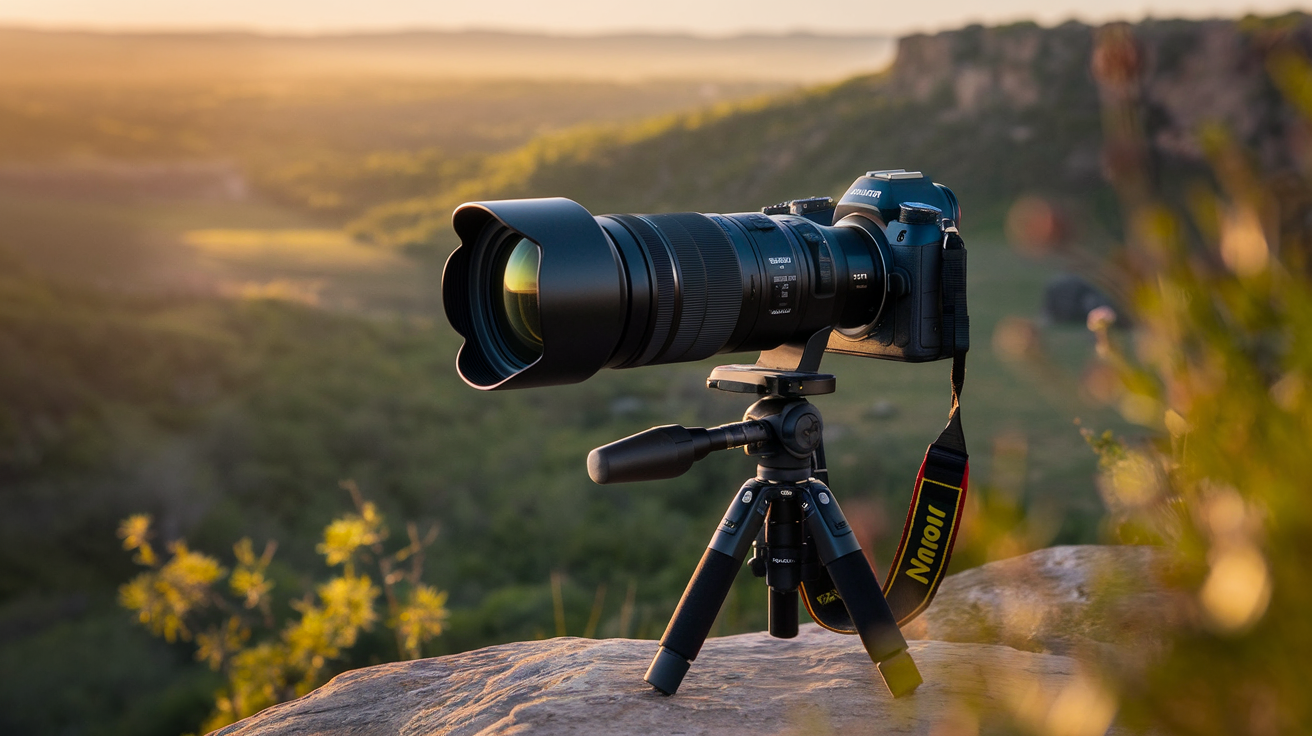Wildlife photography changed my life. No, seriously – I still remember the day I captured my first eagle in flight with a kit lens, and thinking “there has to be a better way.” After years of saving and trying various options, I finally invested in the Sigma 150-600mm for my Nikon, and wow… I wish I’d done it sooner.
Why the Sigma 150-600mm Stands Out for Nikon Shooters
I’ve been shooting with Nikon bodies for about 12 years now, and finding the right telephoto lens that balances quality, reach, and affordability has always been a challenge. The Sigma 150-600mm Contemporary (or Sports, depending on your needs) hits a sweet spot that’s hard to ignore.
When I first unpacked this lens, I was surprised by its build quality. It feels substantial—definitely heavier than I expected—but not so heavy that you can’t handhold it for reasonable periods. And that’s coming from someone who once thought a 70-300mm was “too heavy” (rookie mistake).
Real-World Performance That Matters
Let’s be real – specs on paper are one thing, but how does this lens perform when you’re crouched in mud for three hours waiting for that perfect heron shot? (Not that I’ve done that… ok fine, I totally have.)
The Sigma 150-600mm Contemporary for Nikon offers sharp telephoto reach with optical stabilization and fast autofocus. Perfect for wildlife & sports.
Sharpness That Surprised Me
I was skeptical about a third-party zoom lens with such a massive range. But the sharpness, especially between 150-500mm, is remarkable. Is it as tack-sharp as my prime lenses? Well, no. But it’s way closer than I expected.
At 600mm, there is some softness at the widest apertures. But stop down to f/8, and you’ll get images that can absolutely hold their own. I shot a series of songbirds last spring that printed beautifully at 16×20 inches, even with some cropping.
Autofocus That Keeps Up (Most of the Time)
The autofocus on this lens isn’t lightning fast, but it’s reliable. I’ve used it to capture birds in flight, which is basically the ultimate test, and got a hit rate of about 70-80% in good light. That’s… pretty impressive for a lens at this price point.
One tip though – make sure you update the firmware and use the Sigma dock if you have one. It made a noticable difference in my lens’s performance.
Handling Wildlife and Sports Photography
Before getting this lens, I was missing shots left and right. Either I wasn’t close enough or my shorter telephoto just couldn’t focus fast enough. The Sigma 150-600mm changed that completely.
Wildlife Photography Success
Last summer, I took this lens to Yellowstone (a bucket list trip for me), and it performed like a champion. Those bison shots that used to be “tiny dots on the horizon”? Now they’re frame-filling portraits. I even captured a wolf pack from a safe and legal distance—something that would have been impossible with my previous setup.
And the lens’s weather sealing held up admirably when we got caught in an unexpected rainstorm. I was panicking, but the lens just kept working.
Sports Photography Capabilities
While wildlife is my main passion, I’ve also used this lens for my nephew’s soccer games. The versatile zoom range means I can capture wide field action at 150mm and then zoom in for those emotional close-ups when he (occasionally) scores a goal.
The stabilization helps tremendously when handholding, especially at the longer focal lengths. I’ve consistently gotten sharp images at 1/250 or even a bit slower at the long end, which defies conventional wisdom about shutter speeds.
Practical Tips for Using the Sigma 150-600mm
After two years with this lens, I’ve learned a few things that might help you get the most out of it:
Stabilization Settings Matter
The OS (Optical Stabilization) has different modes. Use Mode 1 for general photography and Mode 2 when you’re panning with moving subjects. It makes a real difference—trust me on this one. I learned the hard way after wondering why my bird-in-flight panning shots were coming out weird.
Embrace the Lock Switch
This lens has a zoom lock switch that prevents “zoom creep” when you’re carrying it around. USE IT. I can’t tell you how many times I forgot and found my lens fully extended when I pulled it out of my bag. Not only is it annoying, but it’s not great for protecting the lens elements.
Tripod Collar is Your Friend
Even if you think you’ll mainly handhold this lens, the tripod collar is incredibly useful. It provides a better balance point when mounted and gives you a convenient carrying handle when you’re moving between locations.
Is the Sigma 150-600mm Worth It for Your Nikon?
After owning this lens for a couple years, here’s my honest take: if you’re serious about wildlife or sports photography and don’t have $10,000+ for the Nikon exotic telephotos, this lens is an incredible value.
The image quality-to-price ratio is just outstanding. Yes, the Nikon 500mm f/5.6 PF is sharper and lighter. And yes, the Nikon 200-500mm has that Nikon reliability. But at roughly half the price of the Nikon options, the Sigma delivers 90% of the performance.
For enthusiast photographers looking to capture wildlife, sports, or even the moon (it’s a surprisingly good lens for lunar photography!), this lens opens up possibilities that might otherwise be financially out of reach.
So if you’ve been on the fence about adding serious telephoto reach to your Nikon kit, the Sigma 150-600mm deserves your consideration. Your portfolio—and probably your subjects—will thank you.
Disclosure: This post contains affiliate links. If you make a purchase through these links, I may earn a small commission at no extra cost to you.


